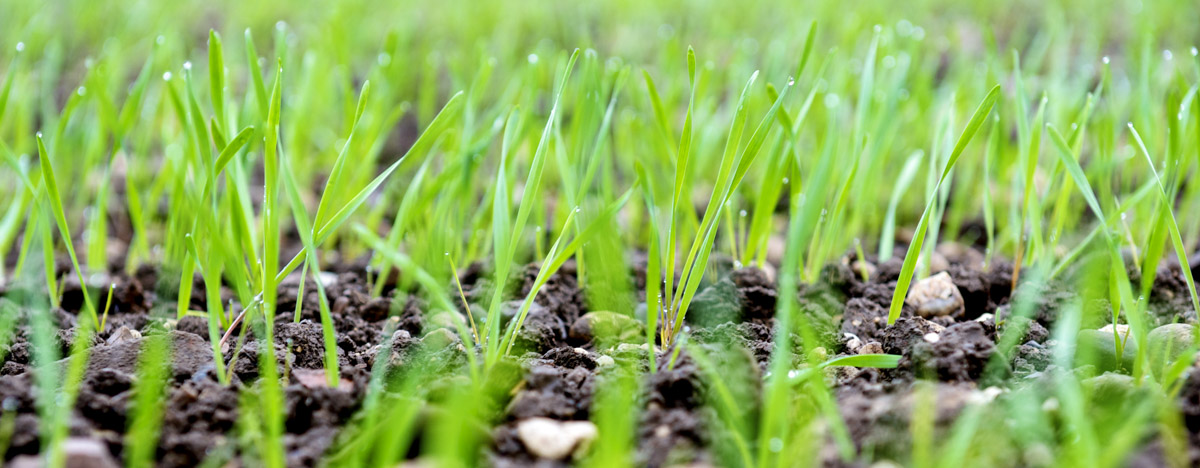Specialty Fertilizers: Adoption of precision farming driving the growth

Specialty Fertilizers have small particles that help to prevent moisture and support from discharging the nutrients into the crops, which helps in the optimistic growth of the crop.
The specialty fertilizers' primary focus is nitrogen, phosphorus, and potassium, applied in generally enormous sums. There are 12 fundamental manure supplements needed to expand crop yield and quality and improve a harvest's capacity to utilize the essential supplements productively. Numerous forte items contain a portion of the auxiliary supplements and micronutrients. Even though these are needed in moderately more modest amounts, they are fundamental for adjusted harvest nourishment, and expanding the pace of essential supplements alone won't build yield.
Rising Adoption of Precision Farming Technique
Over the past two decades, precision farming has effectively made the change from being an academic research point to a profoundly gainful practice in farming. Around 70-80% of the equipment purchases have been considered to contain some PF device types. A significant part of precision farming is the arrangement of the correct dose of supplements to crops at the ideal time. Controlled delivery composts fill in as significant inputs in precision farming, fulfilling this need. The application of precision fertilizer is one of the quickest arising opportunities in precision farming, and this training is exceptionally reliant on these controlled-discharge fertilizers.
To optimize the efficiency of fertilizers, the application of controlled fertilizers using precision farming technologies can also help prevent issues, such as fertilizer drain-off, excessive fertilizer leaching, and subsequent increase in biological oxygen demand of water bodies.
Source: USDA
Specialty fertilizers have been created and developed to minimize the risk of environmental losses, and enhance the nutrient uptake efficiency. Specialty fertilizers can be broadly divided into slow-release fertilizers (SRF), controlled-release fertilizers (CRF), and nitrogen stabilizers & inhibitors. Field crop is the most extensive application for CRF and SRF. However, this sector faces threats from the use of conventional fertilizers such as urea, NPK, ammonium nitrates due to the lower prices of these fertilizers as well as the lack of knowhow among farmers regarding the use of specialty fertilizers. The penetration of specialty fertilizers in the field crops segment is the lowest, compared to other sectors such as fruits and vegetables, and turfs and ornaments.
The future of specialty fertilizers in GCC
There remains a significant potential opportunity for GPCA members to increase their participation in this growing business of specialty fertilizers. Many GCC countries seek to increase crop production, including high-value crops, to cater to the region's growing and increasingly sophisticated food demands.
This comes with obvious challenges, but when water resources are relatively scarce, specialty fertilizers are essential. Besides, on the supply side, the region is already one of the most important for the production of nitrogen and phosphate raw materials. Many of the region's chemical companies are seeking to add value by moving into more specialized and diversified chemistry production. What distinguishes the specialty from commodity fertilizer businesses are the higher barriers to entry. To produce more sophisticated products, greater technical knowhow is required for the processes that coat commodity products or produce stabilizers, solubles, and higher value micronutrients. This knowhow can be acquired through research and development or by licensing existing technology. Some GCC members already have programs following these routes.
GCC-based companies should not see the barriers to entry as insurmountable. In recent years the traditional market leaders in the specialties business based primarily in North America and Europe have been joined by fast-growing and innovative companies from China. For example, Chinese company Kingenta has quickly established itself as a leading supplier of slow and controlled release products and other specialties.
As the demand for specialty fertilizers in the GCC region continues to increase faster than commodity products, the region's production of specialty products should also be rising in line.
Current status of specialty fertilizers
- Globally the use of specialty fertilizers constitutes nearly 4 – 5 % of totally world fertilizer consumption
- The annual consumption of water-soluble fertilizers is estimated at about 60,000 million tonnes
- In India, specialty fertilizers have wide application in horticultural crop
- The specialty fertilizers can be grouped in:
- 100 % water soluble fertilizers
- Fortified fertilizers
- Customized fertilizers
- Slow and control release of fertilizers
100% Water Soluble fertilizers (WSF)
100% water-soluble fertilizers have a low salt index, chloride content, and high efficiency. These fertilizers have high purity and applied low doses, which give high benefit, i.e., cost ratio FUE of WSF @ 80-85% of fertilizer use efficiencies of conventional fertilizers Nitrogen- 30- 45% Phosphorus- 10-30% and Potassium-50%. This leads to a lower return on cash spent per unit of compost, along with increased soil salinity.
Fortified fertilizers
Fortified fertilizers are a group of straight and complex fertilizers fortified with secondary and/or micronutrients. The application of fortified fertilizers with micronutrients will help mitigate micronutrients' deficiency (zinc and boron).
Customized fertilizers
Customized fertilizers may be defined as a multi-nutrient carrier that contains macro and micronutrients, whose sources are from organic or inorganic, which are manufactured through a synthetic process of granulation and satisfies crops nutrient demand, specific to the area, soil and growth stage of the plant.
Slow and controlled release fertilizers (SCRs)
Slow and controlled release fertilizers are coated with sulfur or polymers on the surface of the fertilizer granule. These coatings are usually made up of sulfur/polymer or both. The rate of nutrient release is a function of the surface coating's type and thickness and how frequently it is applied to the granule.











